
hamlyn
 all colour cookbook
all colour cookbookLight gluten-free recipes |

contents
How to use this ebook
Select one of the chapters from the and you will be taken to a list of all the recipes covered in that chapter.
Alternatively, jump to the to browse recipes by ingredient.
Look out for linked text (which is underlined and/or in a different colour) throughout the ebook that you can select to help you navigate between related recipes.

introduction
this series
The Hamlyn All Colour Light Series is a collection of handy-sized books, each packed with over 200 healthy recipes on a variety of topics and cuisines to suit your needs.
The books are designed to help those people who are trying to lose weight by offering a range of delicious recipes that are low in calories but still high in flavour. The recipes show the calorie count per portion, so you will know exactly what you are eating. These are recipes for real and delicious food, not ultra-slimming meals, so they will help you maintain your new, healthier eating plan for life. They must be used as part of a balanced diet, with the cakes and sweet dishes eaten only as an occasional treat.
how to use this book
All the recipes in this book are clearly marked with the number of calories (kcal) per serving. The chapters cover different calorie bands: under 500 calories, under 400 calories, etc.
Some recipes give variations note the calorie count as they do vary and can sometimes be more than the original recipe.
The figures assume that you are using low-fat versions of dairy products, so be sure to use skimmed milk and low-fat yogurt. They have also been calculated using lean meat, so make sure you trim meat of all visible fat and remove the skin from chicken breasts. Use moderate amounts of oil and butter for cooking and low-fat/low-calorie alternatives when you can.
Dont forget to take note of the number of portions each recipe makes and divide up the quantity of food accordingly, so that you know exactly how many calories you are consuming. Be careful about side dishes and accompaniments as they will add to the calorie content.
Above all, enjoy trying out the new flavours and exciting recipes that this book contains. Rather than dwelling on the thought that you are denying yourself your usual unhealthy treats, think of your new regime as a positive step towards a new you. Not only will you lose weight and feel more confident, but your health will benefit, the condition of your hair and nails will improve, and you will take on a healthy glow.

the risks of obesity
Up to half of women and two-thirds of men are overweight or obese in the developed world today. Being overweight not only can make us unhappy with our appearance, but can also lead to serious health problems, including heart disease, high blood pressure and diabetes.
When someone is obese, it means they are overweight to the point that it could start to seriously threaten their health. In fact, obesity ranks as a close second to smoking as a possible cause of cancer. Obese women are more likely to have complications during and after pregnancy, and people who are overweight or obese are also more likely to suffer from coronary heart disease, gallstones, osteoarthritis, high blood pressure and type 2 diabetes.

how can I tell if I am overweight?
The best way to tell if you are overweight is to work out your body mass index (BMI). If using metric measurements, divide your weight in kilograms (kg) by your height in metres (m) squared. (For example, if you are 1.7 m tall and weigh 70 kg, the calculation would be 70 2.89 = 24.2.) If using imperial measurements, divide your weight in pounds (lb) by your height in inches (in) squared and multiply by 703. Then compare the figure to the (these figures apply to healthy adults only).
Less than 20 | underweight |
2025 | healthy |
2530 | overweight |
Over 30 | obese |
As we all know by now, one of the major causes of obesity is eating too many calories.
what is a calorie?
Our bodies need energy to stay alive, grow, keep warm and be active. We get the energy we need to survive from the food and drinks we consume more specifically, from the fat, carbohydrate, protein and alcohol that they contain.
A calorie (cal), as anyone who has ever been on a diet will know, is the unit used to measure how much energy different foods contain. A calorie can be scientifically defined as the energy required to raise the temperature of 1 gram of water from 14.5C to 15.5C. A kilocalorie (kcal) is 1,000 calories and it is, in fact, kilocalories that we usually mean when we talk about the calories in different foods.
Different food types contain different numbers of calories. For example, a gram of carbohydrate (starch or sugar) provides 3.75 kcal, protein provides 4 kcal per gram, fat provides 9 kcal per gram and alcohol provides 7 kcal per gram. So, fat is the most concentrated source of energy weight for weight, it provides just over twice as many calories as either protein or carbohydrate with alcohol not far behind. The energy content of a food or drink depends on how many grams of carbohydrate, fat, protein and alcohol are present.

how many calories do we need?
The number of calories we need to consume varies from person to person, but your body weight is a clear indication of whether you are eating the right amount. Body weight is simply determined by the number of calories you are eating compared to the number of calories your body is using to maintain itself and needed for physical activity. If you regularly consume more calories than you use up, you will start to gain weight as extra energy is stored in the body as fat.
Based on our relatively inactive modern-day lifestyles, most nutritionists recommend that women should aim to consume around 2,000 calories (kcal) per day, and men an amount of around 2,500. Of course, the amount of energy required depends on your level of activity: the more active you are, the more energy you need to maintain a stable weight.

a healthier lifestyle
Next page

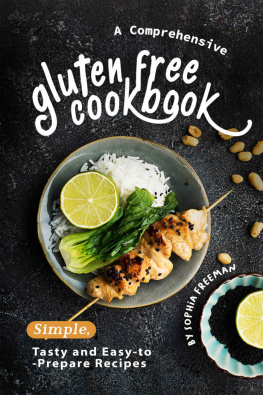
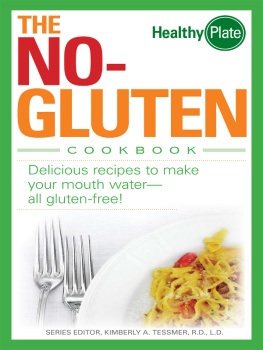
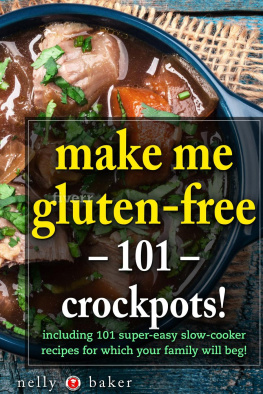



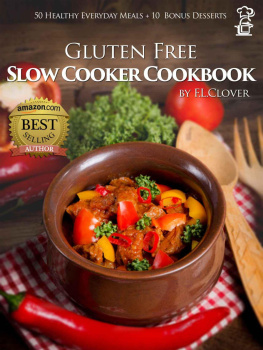
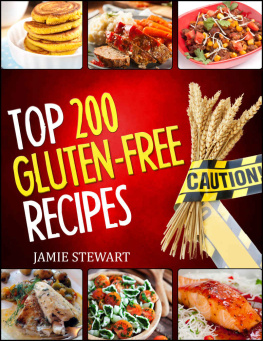

 all colour cookbook
all colour cookbook




